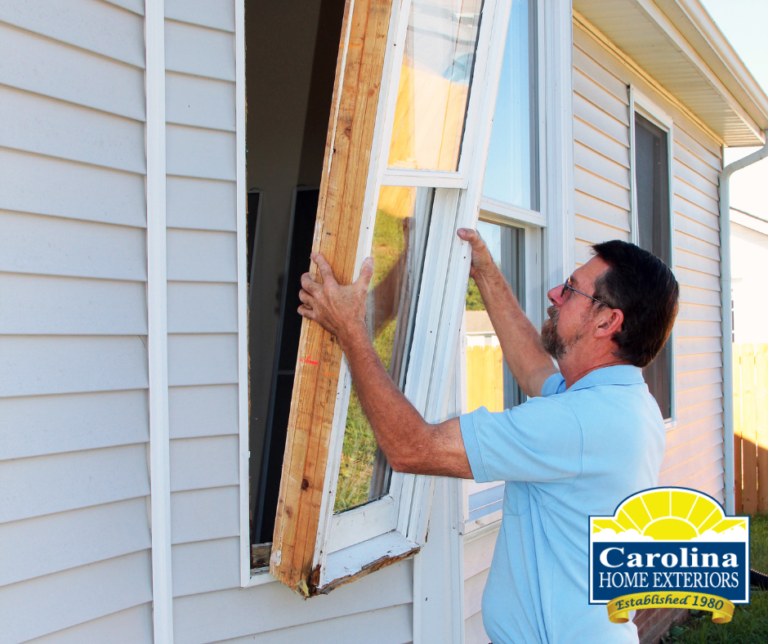
Newer windows often include an additional energy-saving feature: gas fills between the panes of glass. Argon or krypton gas is typically used to fill the space between double or triple panes, which further improves the windows insulation. These gasses are denser than air, meaning they slow down the transfer of heat, providing even better thermal performance.
Older Windows: Lack Gas fills, which means they don’t offer the same level of insulation.
Newer Windows: Utilize argon or krypton gas fills to significantly reduce heat transfer, helping to keep your home warmer in winter and cooler in the summer.
Why It Matters: This additional layer of insulation can lead to noticeable energy savings and improved comfort throughout the year.
Over the last 44 years, our team of dedicated craftsmen has designed and built over 16,000 custom sunspaces and enclosures along the Grand Strand. It has been a blessing and privilege to serve our community, and we would be honored to serve your family, too. Please call us or visit our showroom today!

